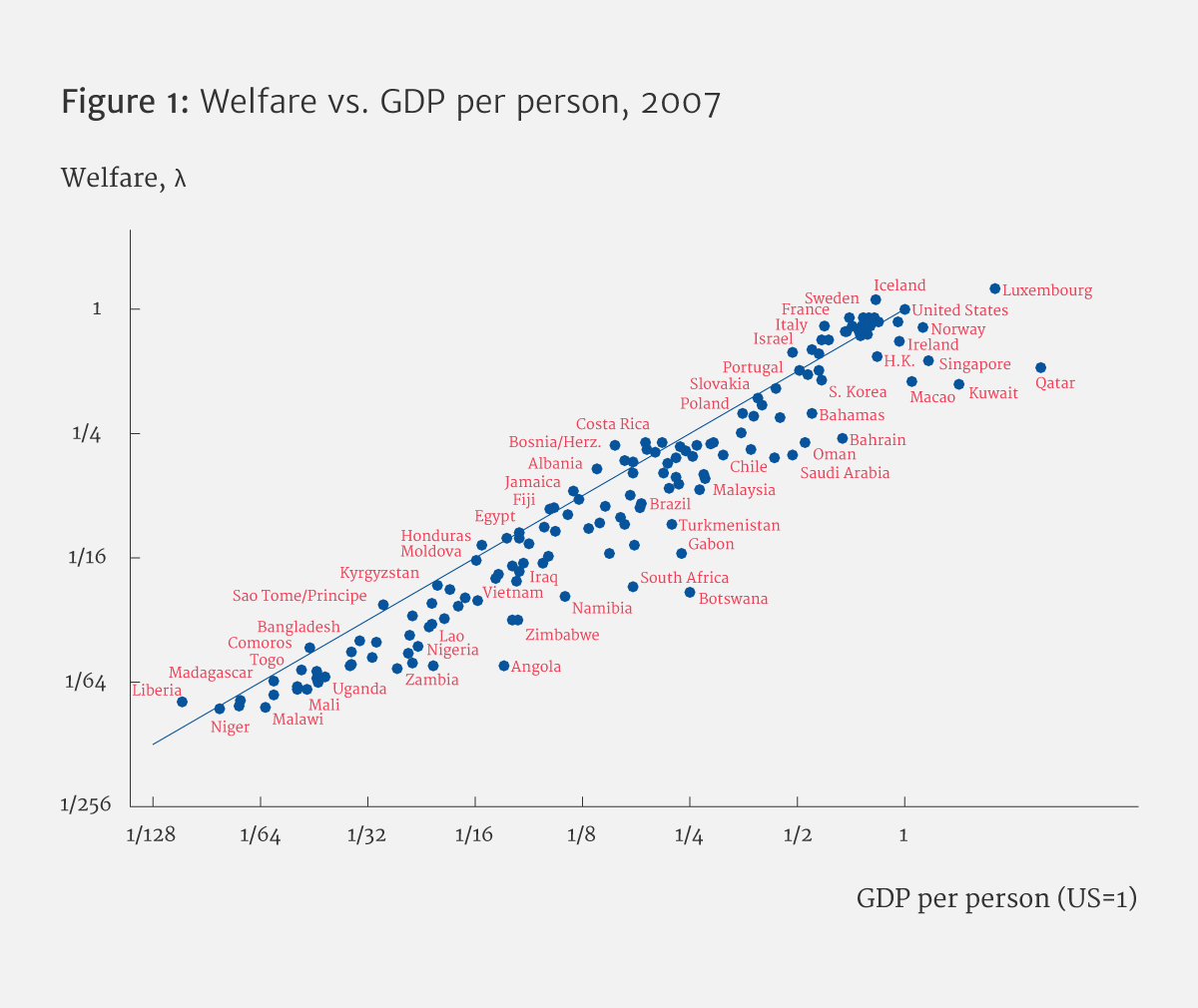Friday, September 28, 2018
Housing View – September 28, 2018
On the US:
- Perception of House Price Risk and Homeownership – NBER
- Affordable Housing: Hard Way and Easy Way – Cato Institute
- Barriers to Accessing Homeownership Down Payment, Credit, and Affordability – 2018 – Urban Institute
- Texas Property Taxes Soar as Homeowners Confront Rising Values – Federal Reserve Bank of Dallas
- The housing bubble, the credit crunch, and the Great Recession: A reply to Paul Krugman – Brookings
- America Needs to Revive the American Dream of Homeownership – Bloomberg
- How Much Will Homeowners Spend to Rebuild & Repair After Hurricane Florence? – Harvard Joint Center for Housing Studies
- Affordable housing is just the beginning of YIMBY – VOX
- Builders Slump as U.S. Housing Market Shifts to the Slow Lane – Bloomberg
- Is There a Better Way to Measure Housing Affordability? – Harvard Joint Center for Housing Studies
- Elizabeth Warren’s Ambitious Fix for America’s Housing Crisis – The Atlantic
- School shootings affect school quality, housing value – University of Illinois at Urbana – Champaign
- Building More Houses Isn’t Always the Answer – Bloomberg
On other countries:
- [Chile] ¿Cómo influye la cercanía del Metro en el valor de una propiedad? – CNN
- [China] Understanding Real Estate Price Dynamics: The Case of Housing Prices in Five Major Cities of China – Journal of Housing Economics
- [China] How Much Would China’s GDP Respond to a Slowdown in Housing Activity? – Federal Reserve Bank of Kansas City
- [China] China Developers’ Funding Source at Risk in Sales Crackdown – Bloomberg
- [Germany] Germany sets out measures to tackle affordable housing shortage – Reuters
- [Germany] Germany’s soaring housing prices spark calls for reform – Deutsche Welle
- [Hong Kong] Higher interest rates threaten overvalued property markets – Financial Times
- [Hong Kong] Hong Kong at greatest risk of housing bubble: UBS – Financial Times
- [United Kingdom] Is Richmond the Nimbyest place in London? – Financial Times
Photo by Aliis Sinisalu
On the US:
- Perception of House Price Risk and Homeownership – NBER
- Affordable Housing: Hard Way and Easy Way – Cato Institute
- Barriers to Accessing Homeownership Down Payment, Credit, and Affordability – 2018 – Urban Institute
- Texas Property Taxes Soar as Homeowners Confront Rising Values – Federal Reserve Bank of Dallas
- The housing bubble, the credit crunch,
Posted by at 5:00 AM
Labels: Global Housing Watch
Thursday, September 27, 2018
What is the yield curve forecasting?
From a new post by David Andolfatto:
“Does the recent flattening of the yield curve portend recession? Not necessarily. The flattening of the real yield curve may simply reflect the fact that real consumption growth is not expected to accelerate or decelerate from the present growth rate of about 1% per annum. On the other hand, a 1% growth rate is substantially lower than the historical average of 2% in the United States. Because of this, the risk that a negative shock (of comparable magnitude to past shocks) sends the economy into technical recession is increased. While the exact date at which the shock arrives is itself is unpredictable, the likelihood of recession is higher relative to a high real interest rate, high growth economy.”
From a new post by David Andolfatto:
“Does the recent flattening of the yield curve portend recession? Not necessarily. The flattening of the real yield curve may simply reflect the fact that real consumption growth is not expected to accelerate or decelerate from the present growth rate of about 1% per annum. On the other hand, a 1% growth rate is substantially lower than the historical average of 2% in the United States.
Posted by at 5:48 PM
Labels: Forecasting Forum
Underemployment in the US and Europe
From a new VOX post:
“The most widely available measure of underemployment is the share of involuntary part-time workers in total employment. This column argues that this does not fully capture the extent of worker dissatisfaction with currently contracted hours. An underemployment index measuring how many extra or fewer hours individuals would like to work suggests that the US and the UK are a long way from full employment, and that policymakers should not be focused on the unemployment rate in the years after a recession, but rather on the underemployment rate. ”
“Figure 2 shows our estimates for the UK of the number of desired hours of those who want more hours (the underemployed) and those who want less (the overemployed) at the going wage. The latter series was broadly flat until recently but was always above the fewer hours series before 2008. That suggests there is still a good deal of under-utilized resources in the labour market available to be used up before the UK reaches full-employment. There has been a rise both in the number of hours of those who want more hours and those who want less in the post-recession years. ”
From a new VOX post:
“The most widely available measure of underemployment is the share of involuntary part-time workers in total employment. This column argues that this does not fully capture the extent of worker dissatisfaction with currently contracted hours. An underemployment index measuring how many extra or fewer hours individuals would like to work suggests that the US and the UK are a long way from full employment, and that policymakers should not be focused on the unemployment rate in the years after a recession,
Posted by at 5:36 PM
Labels: Inclusive Growth
Sunday, September 23, 2018
Growth and well-being: policy should not be based on GDP alone
From a new Microeconomic Insights post by Charles Jones and Pete Klenow:
“Economists are often accused of focusing excessively on GDP, with the result that government policies make GDP a priority to the detriment of other contributors to well-being. This research proposes a broader summary statistic that incorporates consumption, leisure, mortality and inequality. While the new statistic is highly correlated with GDP per capita, cross-national deviations are often large: Western Europe looks considerably closer to the United States; emerging Asia has not caught up as much; and many developing countries are further behind. Each component of the statistic plays a significant role in explaining these differences, with mortality being the most important. While still imperfect, the statistic arguably provides better guidance for determining public priorities and evaluating policies than does GDP alone.”
From a new Microeconomic Insights post by Charles Jones and Pete Klenow:
“Economists are often accused of focusing excessively on GDP, with the result that government policies make GDP a priority to the detriment of other contributors to well-being. This research proposes a broader summary statistic that incorporates consumption, leisure, mortality and inequality. While the new statistic is highly correlated with GDP per capita, cross-national deviations are often large: Western Europe looks considerably closer to the United States;
Posted by at 2:49 PM
Labels: Inclusive Growth
Friday, September 21, 2018
Housing View – September 21, 2018
On cross-country:
- Q2 2018: Global house price boom – strong house price rises continue in Europe and parts of Asia – Global Property Guide
- Eurozone housing market cycle is maturing – ING
- Disillusion mounts in Europe’s housing market – ING
On the US:
- Price-to-Income Ratios are Nearing Historic Highs – Harvard Joint Center for Housing Studies
- Why do so many affordable-housing advocates reject the law of supply and demand? – Washington Post
- The Mortgage Market Is Back a Decade After the Credit Crisis—With New Risks – Bloomberg
- Jeff Bezos Homeless Pledge Follows Amazon Fight Against Housing Tax – Bloomberg
- Census: Renters’ Incomes Still Lagging Behind Housing Costs – Center on Budget and Policy Priorities
- New evidence shows manufactured homes appreciate as well as site-built homes – Urban Institute
- ‘As safe as houses’: How a small corner of the US mortgage market nearly brought down the global financial system – Bank of England
- Does Rising Housing Inventory Signal the Beginning of a Buyer’s Market? – First American
- The Wealth Hiding in Your Neighborhood – Institute for Policy Studies
- Luxury Real Estate Boom Adds to Risk of Climate Disruption – Institute for Policy Studies
- Tough Times Ahead for Housing – Wall Street Journal
On other countries:
- [Brazil] Brazil’s house prices still falling, but outlook positive – Global Property Guide
- [China] China’s Weakest Housing Markets Flash Red in Cautionary Tale – Bloomberg
- [China] One of China’s Wildest Housing Markets Is Broken – Bloomberg
- [China] How China’s plan to develop rental housing backfired – Reuters
- [Chile] Chile’s house prices continue to rise modestly, despite the imposition of 19% VAT on property sales – Global Property Guide
- [Ireland] Ireland sets up land agency as anger grows at housing shortage – Reuters
- [Ireland] Dublin’s Housing Crisis Reaches a Boiling Point – CityLab
- [Malta] Malta house price growth outstrips Hong Kong to take top ranking – Financial Times
- [New Zealand] New Zealand’s house prices are rising again – Global Property Guide
- [South Korea] Korea imposes tougher taxes on properties to curb price surge – Reuters
- [Ukraine] Ukraine’s house price falls accelerating – Global Property Guide
- [United Kingdom] Is UK property still a good investment? – Financial Times
- [United Kingdom] K. House Prices at Risk From Brexit – Bloomberg
Photo by Aliis Sinisalu
On cross-country:
- Q2 2018: Global house price boom – strong house price rises continue in Europe and parts of Asia – Global Property Guide
- Eurozone housing market cycle is maturing – ING
- Disillusion mounts in Europe’s housing market – ING
On the US:
- Price-to-Income Ratios are Nearing Historic Highs – Harvard Joint Center for Housing Studies
- Why do so many affordable-housing advocates reject the law of supply and demand?
Posted by at 5:00 AM
Labels: Global Housing Watch
Subscribe to: Posts







